Nacreous clouds have been capturing the imagination of Courier readers in recent weeks displaying a vibrant range of colours such as pink, violet, and iridescent hues.
But given their association with the polar regions, should we be concerned about their prevalence as far south as Tayside and Fife?
Fife-based amateur weather enthusiast Graham Smith thinks so.
While he’s been as awed as anyone at their beauty, he says they are another indicator of climate change and, worryingly, stratospheric ozone depletion, which increases the risk of skin cancer.
Nacreous clouds, also known as polar stratospheric clouds, normally occur in the winter polar stratosphere at high altitudes, typically between 15,000 and 25,000 metres (49,000 to 82,000 feet).
Often referred to as ‘mother of pearl’ clouds, they are formed in extremely cold temperatures, below -78 degrees Celsius (-108 degrees Fahrenheit).
Their iridescence is caused by the diffraction, or bending, of sunlight as it passes through the tiny ice particles that make up the clouds.
But Graham describes them as a “really interesting segue” into the fact that our climate is changing – and it’s a trend backed up by his own weather data in Fife.
Fife weather trends confirm ‘the world is either burning or flooding’
“When we look back at what’s been happening over the last few years, I think it can be summed up in two scenarios: the world is either burning or it’s flooding!” said the 47-year-old Australian-Scot who’s run a weather station from his back garden in Lochgelly for the past 18 years.
“I think that trend is definitely something we have seen here in Fife.
“Relating that back to these nacreous clouds, these clouds form in the stratosphere.
“These are forming above the area where our weather normally happens.
“The fact that we are seeing these clouds, it’s quite paradoxical because they form in extremely cold conditions.
“But the reason why we are seeing the stratosphere so cold so far south links back to the fact the polar regions are warming disproportionately faster.
“But of course the entire globe is warming as well and we’ve got polar warming that’s almost super charged.
“In effect, that’s pushing the stratosphere into even colder regions and allowing these really super cold clouds to form further south because that colder air is being displaced further south.”
Why do nacreous clouds potentially increase the risk of skin cancer?
Graham said the other aspect of nacreous clouds which he didn’t realise until fairly recently is that acids – not just water vapour – are involved in their formation.
It’s often indicative of ozone depleting compounds.
The stratospheric ozone layer protects life on Earth by absorbing ultraviolet light, which damages DNA in plants and animals (including humans) and leads to sunburn and skin cancer.
“Quite often nacreous clouds become quite prolific before significant ozone hole events,” he added.
“It’s quite possible that because we are seeing these now, we might see a record breaking ozone hole in coming months over the poles!”
How did Australia-raised Fife Weather founder Graham end up in Lochgelly?
Glasgow-born Graham was a baby when his family moved Down Under.
His first interest in the weather started as a child in Darwin where he experienced the most fantastic thunderstorms.
But ironically it was the intensity of the Australian heat, latterly in Adelaide, that prompted him and his wife to move back to and settle in Scotland in 2004.
Today, Graham works as a cyber security engineer with an international financial services company in Edinburgh.
But the father-of-two, who ended up living in Fife due to the expense of the capital, remains as interested in the weather than ever after establishing his Fife Weather station in 2006.
Though a weather station attached to his house, he monitors core weather parameters like temperature, humidity, barometric pressure, rainfall, wind speed and wind direction while analysing the information to see how it compares with the national weather forecasts.
He also has weather-cams set up across Fife.
He regularly shares his data online via his Fife Weather website and Twitter page and has built up quite a following.
What data stands out from 18 years of Fife Weather monitoring?
Reflecting back on 18 years of data, he says it’s hard to ignore how local extremes increasingly reflect national and international trends.
“We had the record breaking temperatures of 30 odd degrees last summer,” he said.
“That’s something that never existed in my data set.
“That won’t be news to anyone.
“But while I’m always cautious about conflating the concept of climate with weather, even now – looking back– there are clearly significant events happening, and it’s the frequency of those exceptional events that I now see almost accelerating.
“For example, this year we had a record breaking wet September and October.
“It was the wettest September and October again in my data set.
“Accompanied with a September where we had a maximum temperature that wouldn’t look out of place in July – we had 27C in September.
“That’s a summer temperature and it’s happening, effectively in autumn.
“It’s really bizarre – the weather and the climate it’s fair to say is just not behaving the way it has in anytime in the measurable recent past.”
Increasingly difficult to predict weather extremes in Fife – or anywhere else!
Graham said it’s “almost as if the anomalies are the new normal”.
It’s become increasingly difficult for him as an amateur weather enthusiast to predict.
Even for the professional weather forecasters, he describes it as “uncharted territory” where the weather models sometimes struggle to resolve scenarios if the precedence of data isn’t there.
Human changes to the environment – and subsequently the climate – mean that the “rules of engagement” have changed.
Forecasters are having to “catch up” to understand how they can predict these events better and with more notice.
“It’s not that we are getting an extra 30% of rain,” he said.
“We are getting that rain and it’s falling in a very short period of time, so systems are becoming completely inundated and unable to cope.
“The impacts can be so localised too, leaving other parts of the country wondering what all the fuss was about.”
Graham said he thinks the Met office do a “great job” trying to balance risk and likely impact of an event occurring against the old ‘boy who cried wolf syndrome’.
“That is a very difficult line to tread,” he said.
However, he added: “I have seen instances this year where even the short range weather models have completely missed significant rainfall events, and the Met office have had to issue warnings pretty much at the start or even when the event is underway.
“I saw that myself here in Lochgelly – there was a weather warning that was issued for heavy rain one morning, and it was literally issued well into the start of the actual event because the short term weather models had completely failed to be able to predict that rainfall was going to occur in that intensity and at that location.”
‘There’s nothing like hyper local’ Fife Weather data, says Graham
One positive of our changing weather, said Graham, is that it’s made more people interested.
Global events are one thing, but there’s “nothing like hyper local information”, he said.
Without a doubt, changing weather, like Storm Gerrit, has also spiked his lifelong interest.
“It’s hard not to get wrapped up in it,” he added.
“It’s interesting from a personal perspective to be able to look back at data that I recorded here at home and see that what is playing out in the global media is effectively playing out on a smaller scale in my own back garden.
“It really drives home, I guess, the changes that the climate is going through and the fact that variability is here to stay and that what the next few years and beyond holds is going to be incredibly interesting and maybe a little scary as well to watch.”
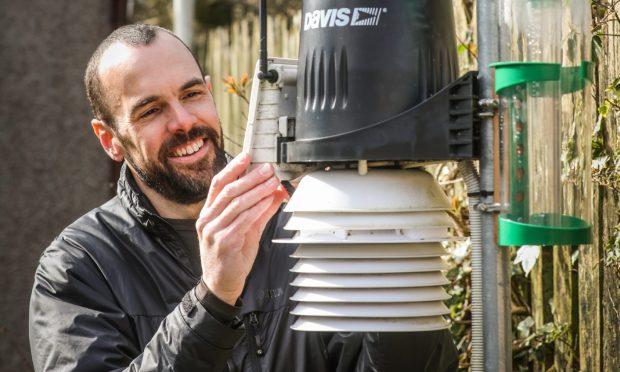

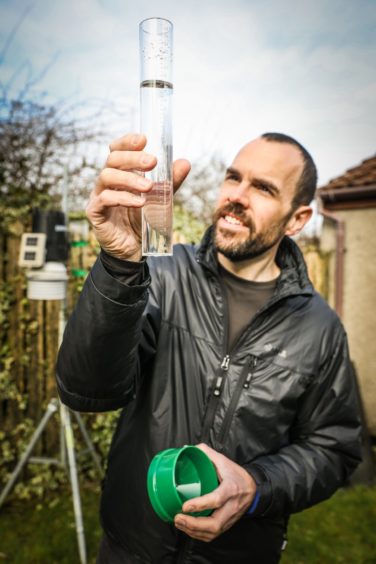
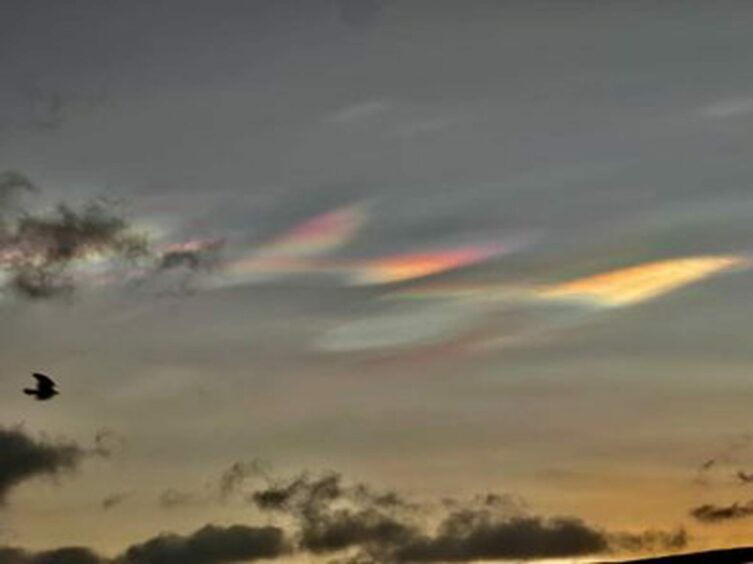

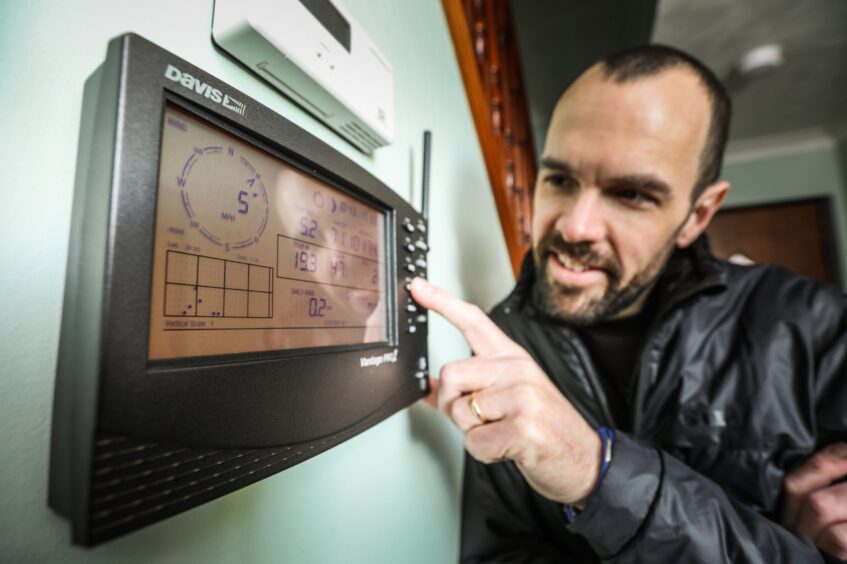
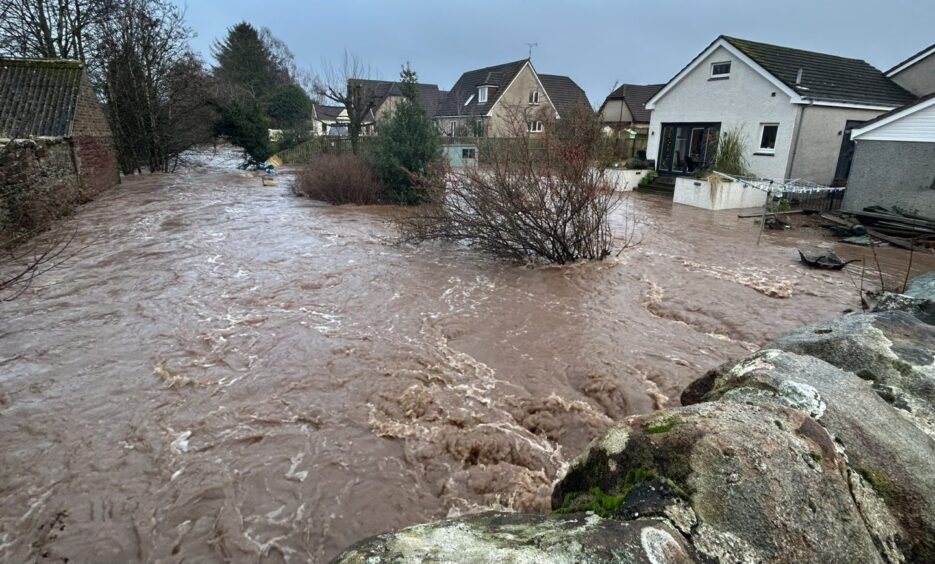

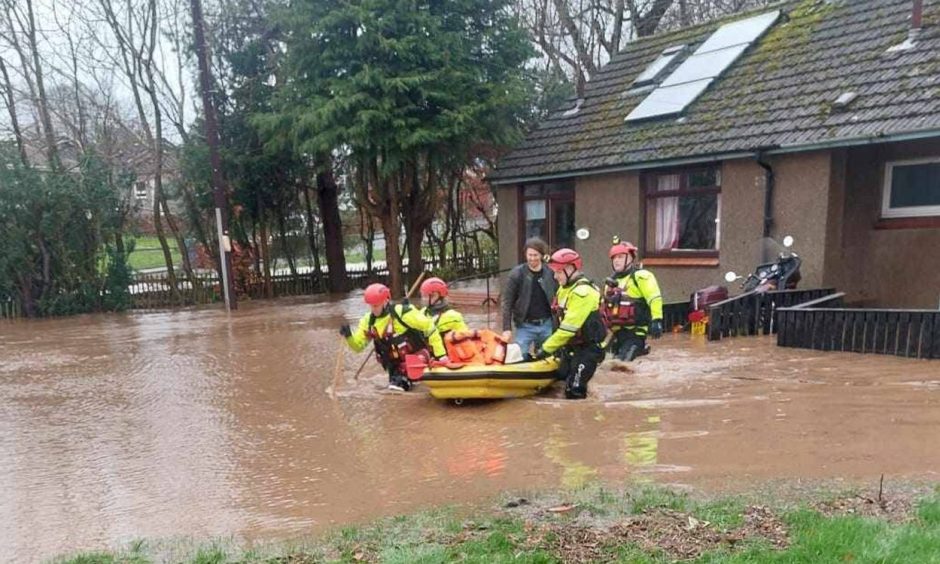










Conversation